Let's morph into memory lane! When it comes to Power Rangers, those vibrant transformations, vivid explosions, and larger-than-life monsters are almost impossible to forget. For many, it was a staple of their childhood, an adventure unfolding right in their living room. But as time passed and we grew a little older (and maybe a tad wiser), some details became clearer — details we never noticed when we were so engrossed in the battle between good and evil. Dive deep into the world crafted by Haim Saban and Shuki Levy, and uncover 8 intriguing tidbits about "Mighty Morphin Power Rangers" that slipped right under our young radars. Whether you were a fan of the Red Ranger or the Pink one, you might find something that'll make you say, "How did I miss that?" Let the journey of rediscovery begin!
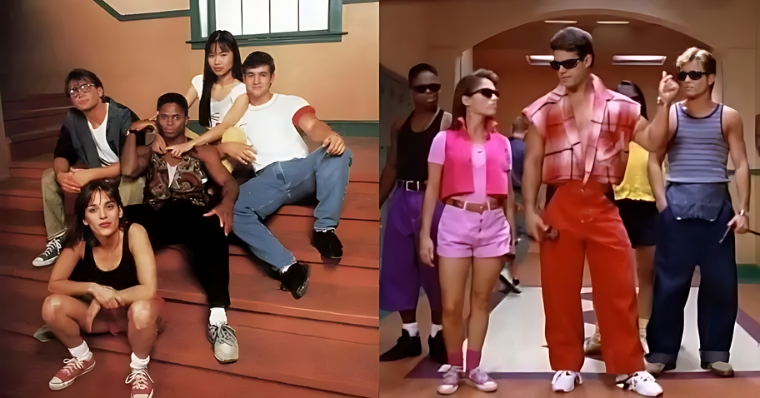
They're Way Beyond High School Age
Ah, the perpetual paradox of American television: where the halls of high school are almost always walked by actors who've long since left their teen years behind. It's a trend that's both charming and a little bewildering. Now, let's delve into the realm of the "Mighty Morphin Power Rangers." In this nostalgic classic, the "youngest" members of the team, namely Jason David Frank and Thuy Trang—better known to us as Tommy and Trini, the Green and Yellow Rangers—were both 20 years old when the show first hit the airwaves. If you were caught up in the color-coordinated awesomeness and never paused to think, "Wait, shouldn't these guys be studying for the SATs or something?"—don't sweat it. You weren't alone. But let's spill some tea: all those Rangers we idolized were far removed from the awkward drama and SAT-prep courses that define the American high school experience. It's a detail that makes you wonder what other secrets lie hidden in those vibrant spandex uniforms.
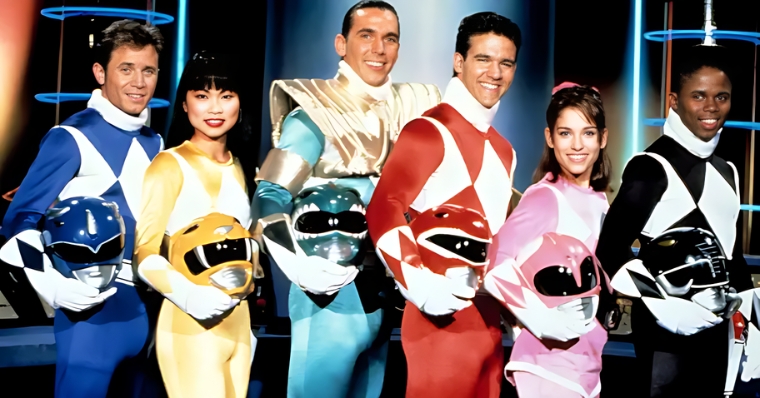
The Black Ranger Is Black and the Yellow Ranger Is Asian—Coincidence? Not Quite.
Let's get real. One of the quirkiest, and let's be honest, somewhat eyebrow-raising elements of "Mighty Morphin Power Rangers" is the alignment of Ranger colors with the ethnicity or personality traits of the characters. Take the Pink Ranger, for example; she was the quintessential "girly-girl" or "queen bee" of the squad. And let's not forget the Red Ranger, whose fiery hue naturally signaled his leadership role. These weren't just random wardrobe decisions; they spoke volumes. But here's where things get extra interesting. One detail often glossed over is the fact that the Black Ranger was, indeed, a Black individual, and the Yellow Ranger was Asian. Now, if you're thinking, "Was that intentional?"—you're onto something. This design choice wasn't a mere twist of fate. Dig a little deeper, and you'll find that the original Japanese version of the series featured an all-Asian cast. In that context, the color-coding can be seen as an attempt to infuse some diversity into the American adaptation, setting a precedent for more inclusive casting in future seasons of Power Rangers. While it's easy to dismiss this as mere coincidence or awkward '90s sensibility, it's worth considering how these choices, intentional or not, have reverberated through the Power Rangers universe. They've set the stage for conversations about representation in pop culture, shaping a new generation's understanding of heroes. Those flashy uniforms were telling us more than we might have initially thought. How many other secret messages are hidden in those color-coded suits? It makes you ponder.
Those Iconic Fight Scenes in 'Mighty Morphin Power Rangers'? Not What They Seem.
You might be surprised to know that the adrenaline-pumping fight scenes from "Mighty Morphin Power Rangers" weren't originally created for the American audience. That's correct—those memorable battles were actually lifted from a Japanese series, precisely the 1970s hit "Kyoryu Sentai Zyuranger." The show was a rage in Japan, and featured warriors, often referred to as "knights," utilizing advanced tech gear to fend off baddies. Haim Saban, the mastermind behind the American adaptation, thought, "Why not bring this awesomeness stateside?" Saban's innovation lay in mixing these existing Japanese action sequences with new scenes shot in the United States. Now, while this approach was a creative way to produce a show, it had its quirks. As Odair Braz Jr., a journalist well-versed in comics and television shows, notes, "This kind of mash-up is why the series has always had a certain level of... let's call it 'production quirkiness.'" This cut-and-paste methodology led to some amusingly odd moments, especially in the first season. For instance, there's a scene where a random Asian child appears next to a Megazord. And no, it's not a "Where's Waldo" situation; it's a byproduct of the show's hybrid origin. One minute, you're watching American teenagers in a quintessentially American setting, and the next, a kid from the original Japanese footage pops up, chilling next to a Megazord, as if he's supposed to be there. It's this eclectic, occasionally jarring blending of scenes that has given "Mighty Morphin Power Rangers" its distinct flavor—a concoction of cultural fusion, entertainment, and the uncanny that has made the series eternally fascinating. Talk about a global mash-up that made waves! And really, how many other shows can boast such a culturally eclectic, if sometimes baffling, blend? It makes you reevaluate those epic battles in a whole new light.
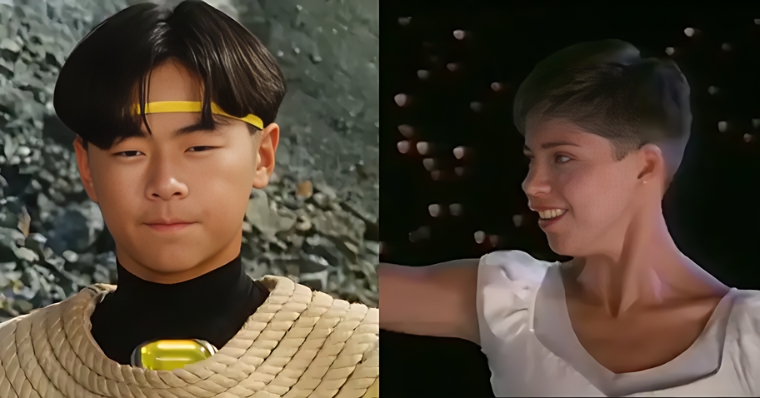
The Yellow Ranger's Identity Crisis: A Tale of Gender-Swaps and Recasts
Remember the Yellow Ranger, Trini, portrayed by the beloved Thuy Trang? Ah, the memories, right? But if you dig a little deeper, you'll discover that her role is a bit more layered than you'd think. Let's unravel this web step by step. First of all, if you were to watch the original Japanese version of the show, you'd find that the Yellow Ranger was actually a dude. Takumi Hashimoto was the man who wore the yellow suit in Japan. This leads to one of the more peculiar aspects of the show that might not hit you right away: the lack of a skirt on the Yellow Ranger's costume. The Pink Ranger, as fans will recall, was always rocking a skirt. But Trini? Nope. This absence of a skirt can be traced back to the original male role in Japan. Isn't that something? And there's more intrigue to add to this Yellow Ranger saga. The pilot episode of the series featured a different actress for this role. A woman by the name of Audri Dubois initially snagged the part. But after that initial glimpse of the limelight, Dubois started asking for more moolah. Unfortunately for her, the execs weren't feeling generous, and Thuy Trang took over, becoming the Yellow Ranger we remember today. Just think about that for a moment: a single character across different versions and adaptations of "Mighty Morphin Power Rangers" involved a gender swap, costume adjustments, and casting changes. It's like the Yellow Ranger had her—er, his?—own little rollercoaster ride, complete with unexpected twists and turns. This makes you see the complexity and backstory that went into crafting what, on the surface, might seem like a straightforward character. And it adds yet another layer to the endlessly fascinating world of the Power Rangers.
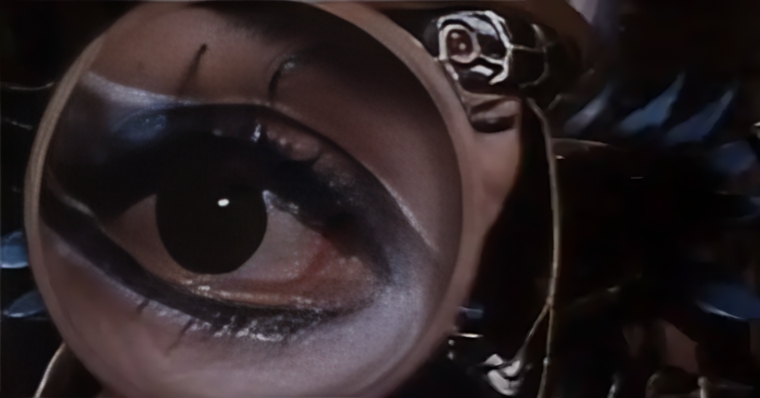
Rita Repulsa's Telescopic Talents: More Than Meets the Eye (and Ear!)
Now, let's rewind a bit to those early "Power Rangers" days. One accessory that stood out was Rita Repulsa's trusty telescope. It wasn't just any old-looking glass; this thing was her ultimate spying tool. Every time the Rangers were up to something, you could bet she was peering through that thing, eyeing their every move like an eagle stalking its prey. But the real mystery? It wasn't just a visual party for her. Here's where it gets intriguing: she wasn't just watching them but eavesdropping too. Yep, that telescope did double-duty as a high-tech (or high-magic) listening device. While the rest of us were focused on her over-the-top antics and infectious evil laugh, we missed this nifty detail. That little feature was nothing short of impressive, whether it was the result of dark sorcery or advanced alien technology. Honestly, given today's tech-savvy world, we'd love to get our hands on a device that combines the vintage charm of a telescope with the capabilities of a modern microphone. But, hey, Rita Repulsa was way ahead of her time. Talk about being an innovator in wicked ways!

The Intriguing Tale of the Black Ranger's Missing Finger
If you've been a die-hard fan of "Mighty Morphin Power Rangers," you may have been so captivated by the action sequences and intricate plotlines that you missed a rather subtle detail about one of your favorite heroes. What you likely never realized—thanks to some cunning camera work and costume design—is that Walter Jones, the actor who played Zack Taylor, the Black Ranger, is actually missing his right middle finger. Now, before you start rewatching episodes to confirm this, let's dive into how the show's creative team managed this fascinating detail. They pulled off a masterclass in "smoke and mirrors," skillfully diverting your attention away from the absence through clever angling and careful staging. As a magician who keeps your eye focused on his left hand while the right hand pulls a rabbit out of a hat, the show's creators ensured you wouldn't spot what was missing. Jones himself has remained notably tight-lipped about the circumstances surrounding the loss of his finger, adding an air of enigma to the character he portrayed. We do know, however, that the accident occurred when he was just an energetic 4-year-old. What happened on that fateful day? He's never spilled the beans; maybe that's for the best. It adds a layer of real-life mystery to a show that thrives on fantastical tales.
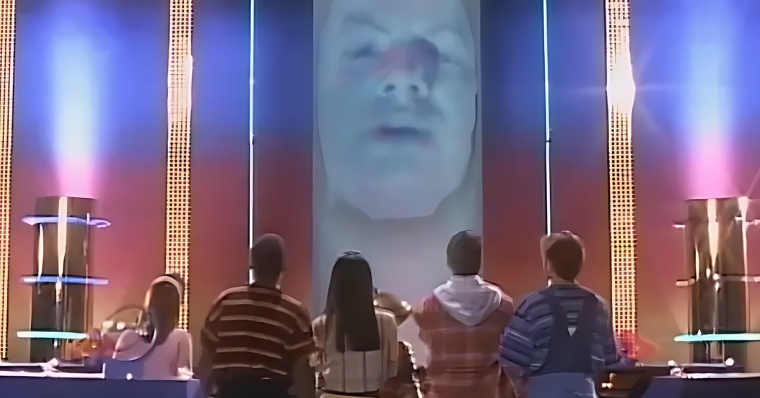
The One and Only On-screen Appearance of Zordon
Zordon, the wise sage and mentor to the "Mighty Morphin Power Rangers," was an ever-present holographic figure in the Command Center throughout the series. Portrayed by David Fielding, Zordon was the brainchild behind uniting these teenage heroes, arming them with not just spiffy costumes but also with a lofty mission to thwart villains like Lord Zedd and Rita Repulsa. Yet, here comes the kicker—David Fielding physically showed up on set only once. This one-time appearance isn't merely some arcane trivia but a
Marvel of production ingenuity. David Fielding literally recorded a single scene for the entire series, and then, for the rest of the show's run, he lent only his voice. His dialogue was synced to the same looped video clip episode after episode. It's akin to a DJ laying down one fantastic track and then remixing it endlessly into different vibes. And what's even more riveting is how none of us seemed to notice—or if we did, we simply suspended our disbelief—that the mystical floating head of Zordon was essentially a looping GIF before looping GIFs were even a thing. His head tilts, mouth movements, and intonations became a stable, repetitive feature that none of us really questioned. It's almost like we were all under some hypnotic spell, too engrossed in the nail-biting action sequences and character development to nitpick on such an eccentricity. This is, in part, a tribute to the effectiveness of storytelling on the show and also, perhaps, a testament to our willing suspension of disbelief as we got lost in this fantastical world. Suppose you're already buying into a universe where a group of teenagers with attitude can morph into spandex-clad heroes fighting larger-than-life monsters. Are you really going to question a repetitively looped Zordon? No, I didn't think so.
The Megazord That Raised Eyebrows: A Curious Design Choice in "Mighty Morphin Power Rangers"
Here's a tidbit about "Mighty Morphin Power Rangers" that might leave you scratching your head: Among the myriad variations of Megazord, the colossal robot combat vehicle piloted by our beloved Rangers, one particular configuration stood out—and not necessarily in a way that the creators may have intended. I'm talking about the Ultrazord 3. Now, I know what you're thinking. What could possibly be off about a giant fighting robot? Well, let me spill the tea. After Tommy entered the storyline, the Ultrazord 3 underwent a bit of a...how should we put it? A "transformative" upgrade. At this point, the Megazord displayed an appendage that, oddly enough, seemed to emerge from between its legs, evoking imagery that one might associate with the male anatomy. Yeah, we're talking phallic vibes here! What's truly perplexing is how this design choice seems to have flown under the radar at the time. I mean, given the millions of eyeballs on the series during its heyday, you'd think someone in the production or audience would've flagged this. One of those design aspects elicits an eternal "huh?". Whether it's a peculiar oversight, a slip of the conceptual art department, or just an example of the '90s naivety, it's certainly an awkward aspect that feels more glaring in our more socially aware times. In this era of meticulous fan theories and eagle-eyed Reddit threads dissecting every single frame of every episode, it's sort of surprising that something this overt went unnoticed—or at least largely unremarked upon—for so long. This enigmatic element of the Ultrazord 3 adds another layer to the enduring appeal and head-scratching wonder of the series. It might be one of those elements that don't age well. Still, it also becomes a legendary conversation starter among fans who love to delve into the quirky intricacies of this iconic show.







